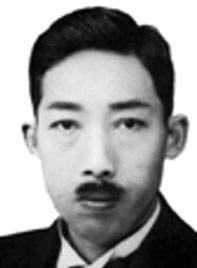FUT, FUE & Strip Transplants Explained
Hair loss treatments have evolved significantly, offering various advanced methods for restoring hair. Among these, SmartGraft, Follicular Unit Extraction (FUE), and the Strip Method (FUT) are prominent techniques. Each method has its unique approach and advantages.
FUT: The Strip Method
Follicular Unit Transplantation, commonly known as the Strip Method, is a traditional approach in hair restoration. In FUT, a surgeon removes a strip of scalp from the donor area, typically the back of the head.
This strip is then dissected under a microscope to extract individual hair follicles.
Although FUT is efficient in harvesting a large number of grafts in a single session, it leaves a linear scar, which can be a concern for patients who prefer shorter hairstyles.
FUE: Follicular Unit Extraction
FUE marks a significant advancement in hair transplantation. Unlike FUT, FUE involves extracting individual hair follicles directly from the scalp using a specialized tool.
This method reduces scarring, as it does not require removing a strip of scalp. FUE can be performed manually by a surgeon or with automated devices like Neograft and Artas.
While FUE offers less invasive and more natural-looking results, it may require multiple sessions to achieve the desired density.
SmartGraft: The Cutting-Edge Technique
SmartGraft is a modern take on FUE, integrating advanced technology to enhance the efficiency and precision of the procedure. It automates the extraction and preservation of follicles, ensuring minimal damage and better graft viability. SmartGraft is designed to speed up the extraction process while maintaining high accuracy, making it a preferred choice for those seeking a less invasive procedure with quick recovery.

Evolution of Hair Transplantation
The journey of hair transplantation began in the 1930s, with Shoji Okuda (pictured) who was a surgeon in Japan where he performed hair transplantation surgery using small patches of skin with hair follicles for restorative purposes.
The concept of donor dominance emerged in the late 1950s, establishing that transplanted hair maintains the characteristics of the donor site, thus not succumbing to balding patterns. This discovery laid the foundation for modern transplantation techniques.
From the initial use of larger plugs that often resulted in unnatural appearances, the field has progressed to refined methods like FUT and FUE. The development of SmartGraft represents the latest advancement, focusing on efficiency, reduced trauma, and enhanced aesthetic outcomes.
Comparative Analysis
While FUT is cost-effective and allows for a large number of grafts in a single session, it's less favored due to the resulting linear scar. FUE, offering a scar-less and minimally invasive option, has become popular, especially for patients concerned about visible scarring. SmartGraft, leveraging the principles of FUE, further optimizes the procedure with its automated system, providing an even more refined and patient-friendly experience.
Choosing the Right Method The choice between SmartGraft, FUE, and the Strip Method depends on various factors, including the extent of hair loss, patient's lifestyle, and aesthetic goals. While SmartGraft and FUE are excellent for those seeking minimal downtime and scarring, FUT may still be suitable for patients requiring extensive coverage in a single session.
Understanding these methods' nuances is crucial in making an informed decision. Consulting with a hair restoration specialist can provide deeper insights and help determine the most suitable approach for individual cases.
